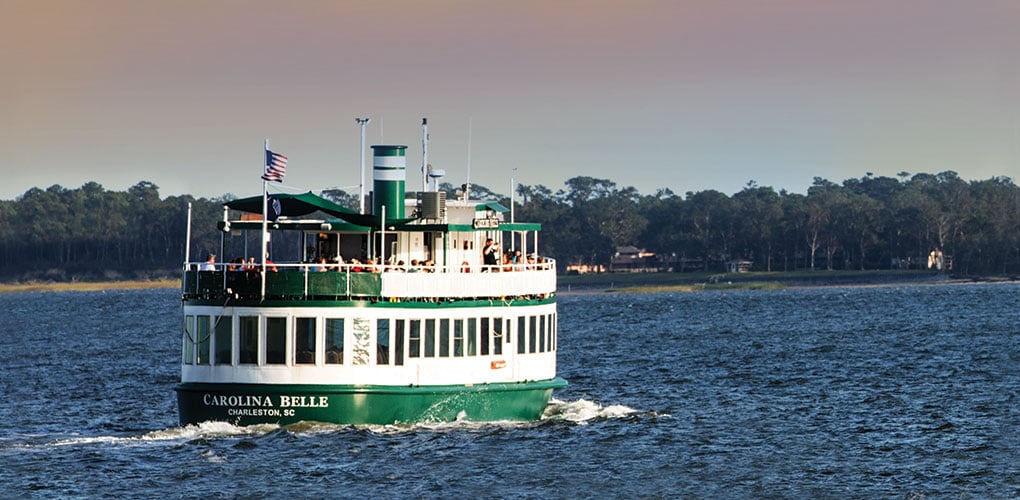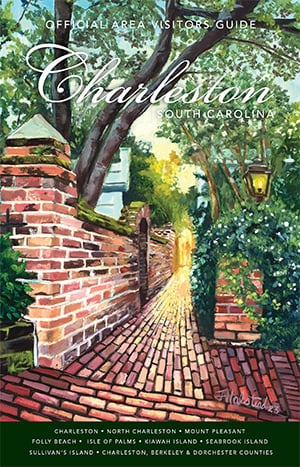
At its heart, Gullah is a vibrant culture native to the Lowcountry of South Carolina, particularly the Sea Islands surrounding the Charleston area. Anyone who visits is bound to hear the word Gullah at some point. Is it a
language? Is it a form of craft? Is it a style of cuisine? Does it refer to people? Quite simply, yes; it is all of these things and even more.
In a sense, the Gullah culture presented some of Charleston’s first preservationists. Brought to America in the 1700s and 1800s as enslaved Africans, many people retained a deep connection with the heritage of their homeland. Today, Gullah is a beautifully intact cultural identity woven deeply in the fabric of Charleston’s history.
Gullah Tours owner and operator Alphonso Brown was born and raised in Rantowles, South Carolina, a rural area 12 miles south of Charleston. Alphonso is a lecturer on the Gullah language and Black History of Charleston, as well as author of A Gullah Guide to Charleston.
Let Alphonso Brown introduce you to the heirloom traditions and rich contributions of Charleston’s local sea island inhabitants. Scroll on for his guide to Gullah.
5 Facts You Might not Know About the Gullah Culture:
- Many Caucasians also spoke the Gullah language.
- Many African Americans in Charleston have difficulty pronouncing the “th” sound because there are no “th” sounds in West African languages.
- Hags exist!
- Lowcountry natives still use the color haint blue to ward off evil spirits.
- Sweetgrass baskets are sewn, not woven.
Top 4 Spots to Enjoy Lowcountry Cuisine:
- Virginia’s on King
- My Three Sons
- Nigel’s Good Food
- Hyman’s Seafood
Top 5 Spots to Experience Gullah Culture:
- Philip Simmons House
- Old Jail
- Charleston City Market sweetgrass basket sewing
- Slave & Free Blacks Cemetery at Bethel United Church
- A Gullah Guide to Charleston by Alphonso Brown
2 Treasured Gullah Traditions:
- The Bible was, and continues to be, kept in an open, but protected area.
- Most wedding gifts (usually some sort of dinnerware) were never used, unless extremely necessary. Alphonso still has a green water glass from his grandparents’ wedding in 1910!
Want to learn more? Discover 14 spots to experience the Gullah culture in Charleston.











